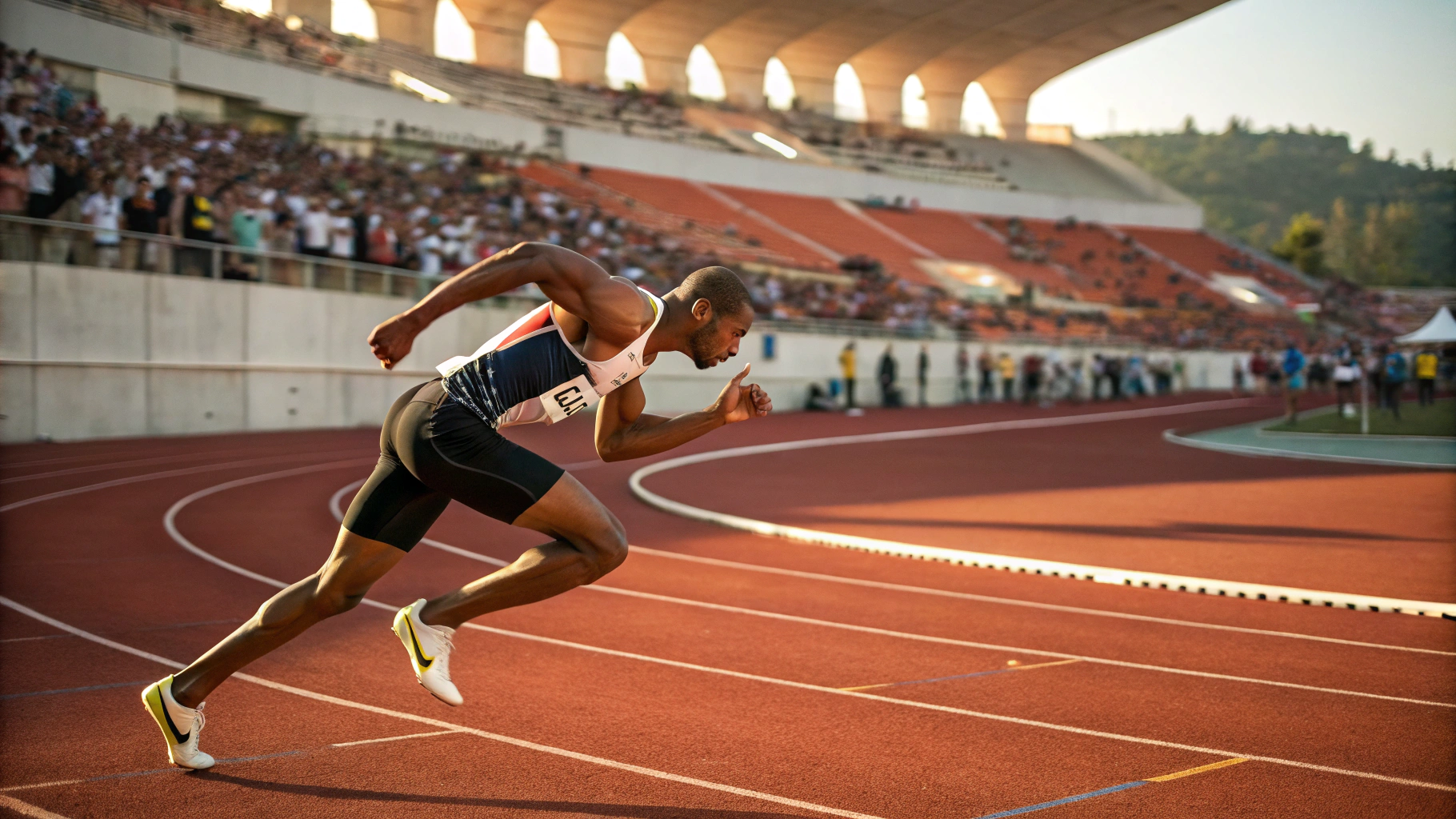Training to achieve a faster 400m time involves a comprehensive understanding of the 400m event, including its physical demands and technical components. The following guide delves into skills overview, technical components, drill progressions, training implementation, common mistakes, and coaching points. Each section is designed to provide a detailed roadmap to improving 400m performance, structured for easy navigation and comprehension.
Skill Overview
- Importance in Sport: The 400m sprint is a challenging and strategic track event that demands both speed and endurance. It's often considered one of the most grueling races in track and field.
- Key Components: Success in the 400m depends on sprinting mechanics, speed endurance, aerobic capacity, and efficient energy distribution.
- Athletic Requirements: Athletes need a strong cardiovascular system, muscular strength, speed, agility, and tactical acumen.
- Application Scenarios: The 400m is a vital event in athletics with relevance in training sprinters for a variety of sprints, rather than just the 400m itself.
Technical Components
- Fundamental Mechanics: Proper running form, including stride length, stride frequency, and arm action, is crucial.
- Key Movement Patterns: Balance between speed and endurance, efficient breathing, and pace maintenance are essential.
- Sport-Specific Applications: Techniques vary per athlete; however, maintaining a consistent pace and explosiveness through corners and straights is universal.
- Performance Indicators: Time trials, split time analyses, and biomechanical assessments to monitor improvements.
Drill Progression
| Level | Drills |
|---|---|
| Beginner |
|
| Intermediate |
|
| Advanced |
|
Training Implementation
- Practice Frequency: Aim for 3-5 sessions per week, balancing intensity and recovery.
- Integration with Other Training: Combine sprint drills with strength and endurance workouts to encourage comprehensive development.
- Season-Specific Modifications: Adjust training intensity according to competition schedule—higher intensity close to competition and more endurance-focused off-season.
- Performance Metrics: Timed reps, heart rate variability, and lactate threshold monitoring to track progression.
Common Mistakes
- Technical Errors: Inadequate form, poor pacing, and inefficient lane navigation.
- Training Mistakes: Overtraining, lack of recovery, and insufficient focus on speed/endurance balance.
- Correction Strategies: Regular form assessments, strategic rest, and diversified training protocols.
- Prevention Tips: Emphasize form improvement, schedule recovery periods, and employ varied training methods.
Coaching Points
- Key Teaching Cues: "Stay tall," "Use your arms," "Maintain rhythm."
- Observation Guidelines: Monitor athlete's posture, breathing pattern, and pace consistency.
- Feedback Methods: Use video analysis and direct feedback for immediate correction.
- Progress Markers: Time improvements, increased range of movement efficiency, and psychological readiness for racing.
Training for a faster 400m dash combines scientific, technical, and strategic elements to optimize performance. By understanding and implementing the guidelines and methods provided in this guide, athletes and coaches can effectively enhance their training regimen. Constant evaluation and adaptation of training plans are essential to withstand the rigors of the 400m event and achieve peak performance.











 浙公网安备
33010002000092号
浙公网安备
33010002000092号 浙B2-20120091-4
浙B2-20120091-4